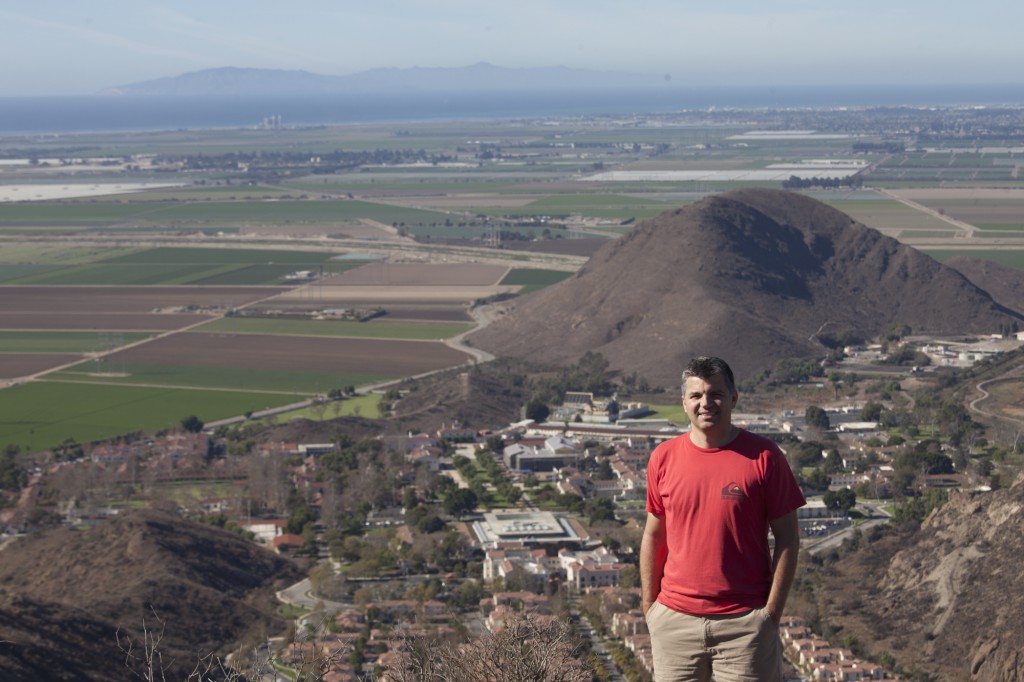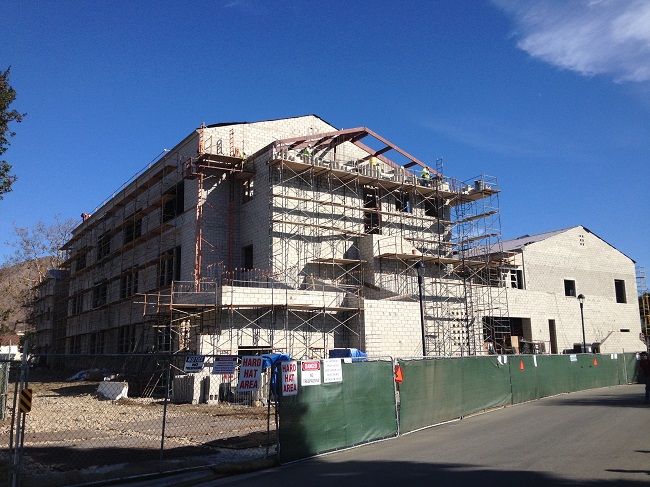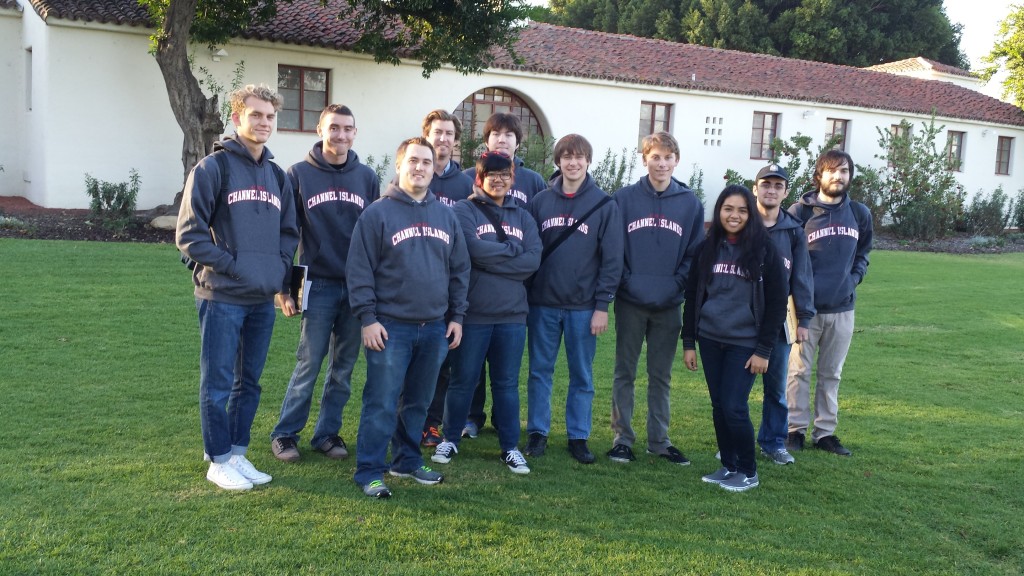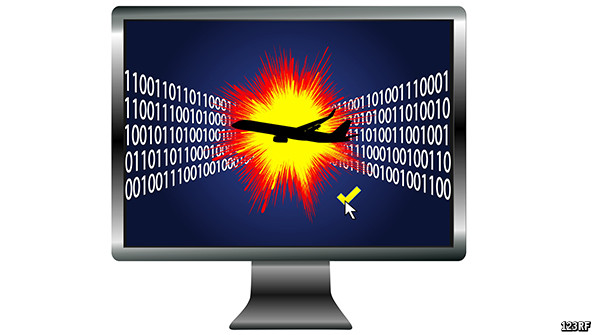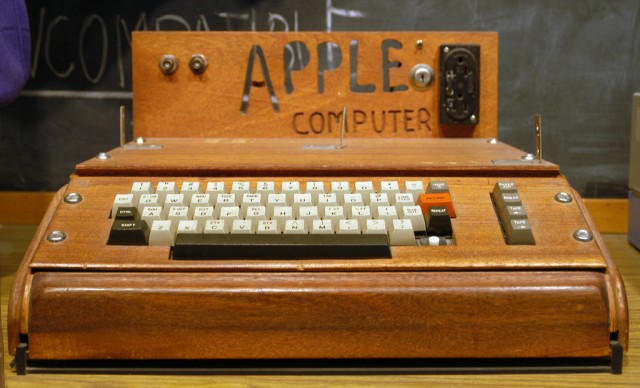Click on TRMC STEM Internship Program 2015 flyer for an application for Paid Internship Opportunities, supporting test & evaluation for the DoD.
Blog
CI Campus Bird Eye View
A great shot of the CSU Channel Islands (the islands visible in the horizon) by the talented visual journalist David Ryder.
Sierra Hall Labs growing
California Research and Education Network Gets 100-Gigabit Backbone
The Corporation for Education Network Initiatives in California (CENIC) has upgraded the core backbone of the California Research and Education Network (CalREN) to 100 gigabits per second (Gbps).
CalREN is a 3,800-mile advanced fiber optic network serving the California K-12 system, California Community Colleges, California State University, University of California, Caltech, Stanford, University of Southern California and other institutions. The network has three tiers: CalREN-DC for daily network use such as e-mail and Web browsing, CalREN-HPR for high performance research and CalREN-DX for network-based experimentation and development.
The CalREN-DC and CalREN-HPR tiers have been subject to growing demand from “researchers in data-intensive disciplines, ongoing connectivity upgrades for CENIC members, and connectivity for new members such as public libraries and arts and cultural institutions,” according to a news release from CENIC. The new 100-gigabit Layer 2 backbone will ensure that the institutions using CalREN-DC and CalREN-HPR will have sufficient bandwidth to support research and education in the state.
via California Research and Education Network Gets 100-Gigabit Backbone — Campus Technology.
Cybersecurity skills need boost in computer science degrees
University computer science courses are failing to make clear the need to develop skills in cybersecurity, leaving the UK with a shortage of experts
via Cybersecurity skills need boost in computer science degrees | News | Times Higher Education.
New Classroom/Lab Building at CSU Channel Islands On Track for Fall 2015 Completion
Students, faculty and staff at California State University Channel Islands are eagerly anticipating the completion of a state-of-the-art classroom and lab building at the heart of their historic campus in Camarillo, California. Work is progressing smoothly and the project is on track to be complete in time for the start of the 2015 fall semester.
The scope of Sundt’s $32 million university construction project includes demolition and abatement of the original West Hall, courtyard walls, and a small outbuilding. The main project awarded separately includes construction of the three-story, 66,500-gross-square-foot classroom and laboratory building, which will house state-of-the-art labs, offices, lecture halls, and related support spaces to accommodate growth in the departments of computer science, environmental science, geography, geology, psychology and physics.
The structure consists of steel and CMU construction with high end interior woodwork, laboratory classroom finishes and exposed ground and polished concrete floors. The focal point of the building is a second level “green roof” planted like a garden.
via New Classroom/Lab Building at CSU Channel Islands On Track for Fall 2015 Completion | Sundt.
CI Comp Sci does very well at ACM ICPC
CI student did very well at the SoCal ACM International Collegiate Programming Competition last weekend (November 8, 2014) at the Riverside Community College. From the scoreboard:
- Nr. 19, CI-MAXIWO, 4/9 questions in 11:00:51
- Nr. 30, CI-XUS, 3/9 questions in 09:02:28
- Nr. 58, CI-SE’W, 1/9 questions in 02:20:02
Anyone who has attended these competitions knows how difficult they are, and what a big success it is for our students. Thank you Professor Brian Thoms for taking our team to Riverside!
Hacking aircraft: Remote control
How realistic is it for computer hackers to interfere with aircraft while they are in the air, a phenomenon known as cyberjacking? It partly depends on terminology. Hijacking and fully controlling an aircraft by remote means borders on the impossible, according to David Stupples of City University in London, a specialist in communications. But interfering with an aircraft’s systems, including inducing a catastrophic failure, in order to extort money is a distinct possibility, he warns.
There are two ways this could be done, one more likely than the other. The first is a cyber attack from the outside. Passengers increasingly demand internet connectivity for work, games, movies and the like. But drilling holes in fuselages for additional antennae is costly and inefficient. So internet signals are routed through existing communications architecture, such as the Aircraft Communications Addressing and Reporting System (ACARS), which is used for short messages, or the Automatic Dependent Surveillance-Broadcast (ADS-B), an anti-collision system. As these both send and receive information they can, in theory, be targetted. When aircraft become more connected to the wider world they begin to look, electronically at least, like fixed structures. If banks can be hacked, why not aircraft?
Unpatched bug in Mac OS X gives root access to untrusted people
Garrett McCarty from COMP/IT 424 pointed this out:
An unpatched vulnerability in Yosemite and some earlier versions of Apple’s Mac OS X allows untrusted people to take full control of users’ machines, a security researcher has warned.
Dubbed Rootpipe, the privilege escalation bug allows people to gain root access, a nearly unrestricted level of system privileges, without first entering the “sudo” password, according to a recent report published by MacWorld. Sudo is a mechanism that’s designed to prevent code execution, file deletions, and other sensitive operations from being carried out by unauthorized people who have physical access to a computer.
“Normally there are ‘sudo’ password requirements, which work as a barrier, so the admin can’t gain root access without entering the correct password,” Emil Kvarnhammar, a researcher at Swedish security firm Truesec, told Macworld. “It took a few days of binary analysis to find the flaw, and I was pretty surprised when I found it.”
via Unpatched bug in Mac OS X gives root access to untrusted people | Ars Technica.
Original Apple I computer, sold by Steve Jobs in 1976, could reach $1 million at auction
On December 11, the only known surviving Apple I computer personally sold by Steve Jobs — out of his parents’ garage in 1976 — will be offered at auction. The auctioneer, Christie’s, estimates a sale price of between $400,000 and $600,000 — but just last week, the Henry Ford Museum bought a similar Apple I at auction for $905,000, and that particular computer lacked documentation tying it directly to Steve Jobs. We wouldn’t be surprised if this Apple I which is still in fully working order, incidentally sells for over $1 million, making it by far the most expensive computer relic in the world.
